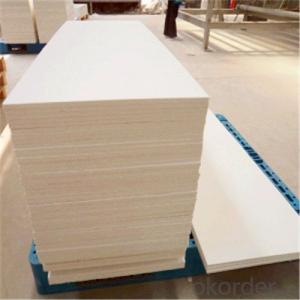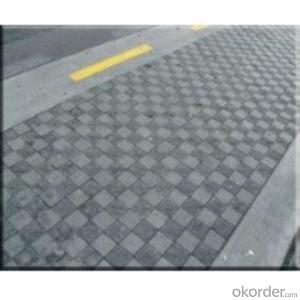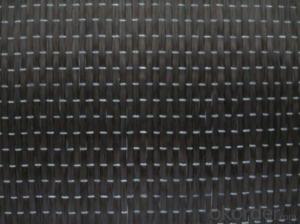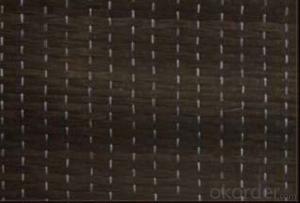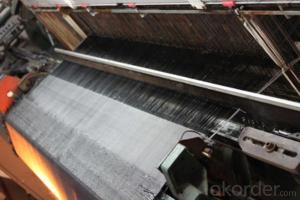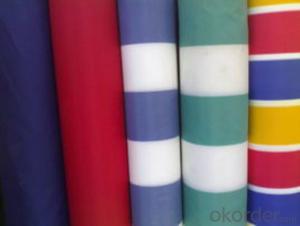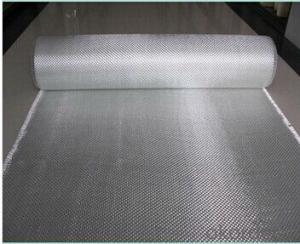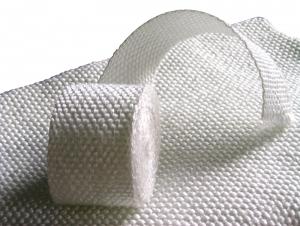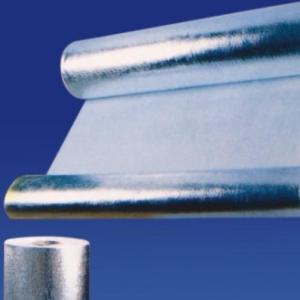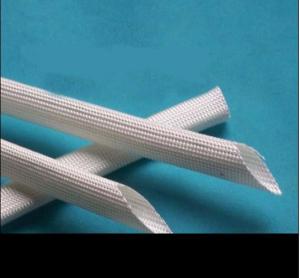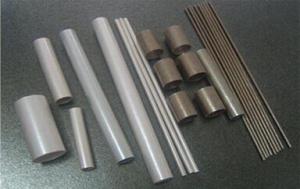High silica fiberglass cloth resisting 1000Centigrade
- Loading Port:
- China main port
- Payment Terms:
- TT OR LC
- Min Order Qty:
- 50 m
- Supply Capability:
- 10000 m/month
OKorder Service Pledge
OKorder Financial Service
You Might Also Like
Product Description
Silica fiberglass is inorganic fiber that contents more than 96% of SiO2, it's resistant to high temperature, soft point 1700°C, long term service temperature 900 °C, it can work 10 minites at 1450 °C and keeps good state at 1600 °C for 15 seconds. For it's properties of chemical stability, high temperature resistance and ablation resistance, it widely used in aviationand aerospace, metallurgy, chemical, building material and fire fighting industry, etc.
Our factory is the only one that specialized manufacture silica fiberglass in China and has the production line of the whole process from marble making, fiber forming, weaving, and finish. The strength of silica fiberglass made from Na2O-B2O3-SiO2 system glass is 3-5 times higher than that from E glass. The products sold to more than 20 provinces, cities, autonomous regions and exported to foreign countries.
Silica fiberglass products are available in forms of needled mat, fabric, scrim, staple yarn, chopped strand and cord, etc.
Product Properties
1> SiO2>=96%
2> soft point nearly 1700°C, long-time working at 900°C
3> low thermal conductivity
4> good chemical stability
5> good electrical insulation
6> low thermal shrinkage
7> Non-asbestos product without pollution
8> good process performance
Product Uses
High temperature resistant, insulation and sealing material
High temperature ablation resistant material
Fireproof material (for fireproof protective clothe, fireproof curtain, fire blanket)
Dust collecting in media of high temperature gas and filtration in media of high temperature liquid
Filter for molten metal
Distinguisher, insulation material, filtration of automobile and motorcycle
Protective material for welding
Electricity insulation material
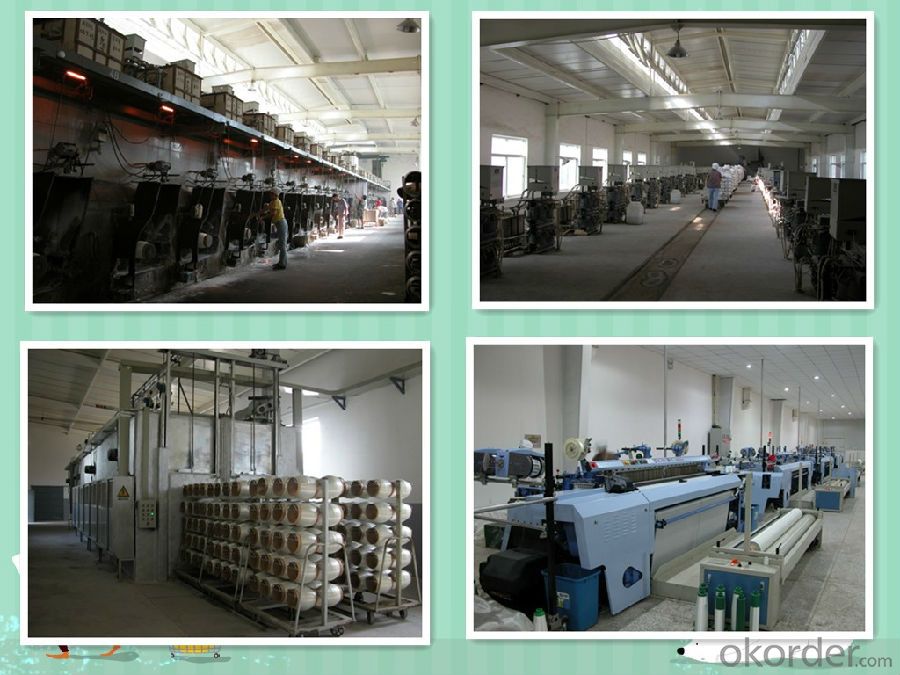

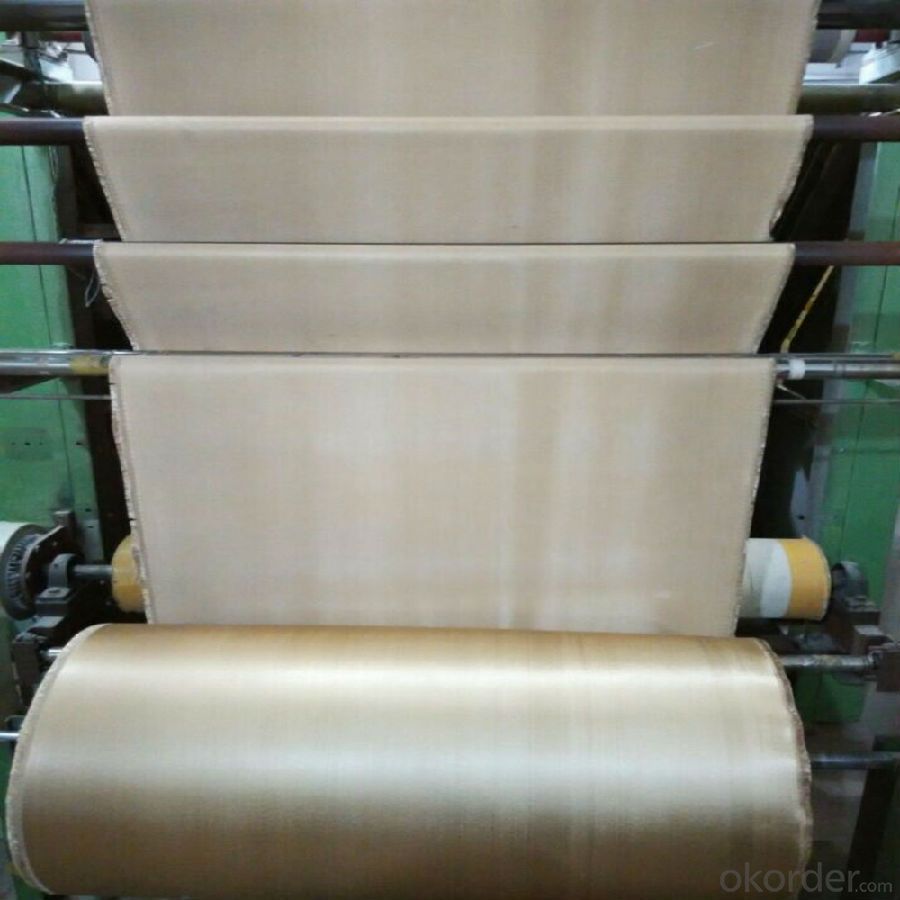
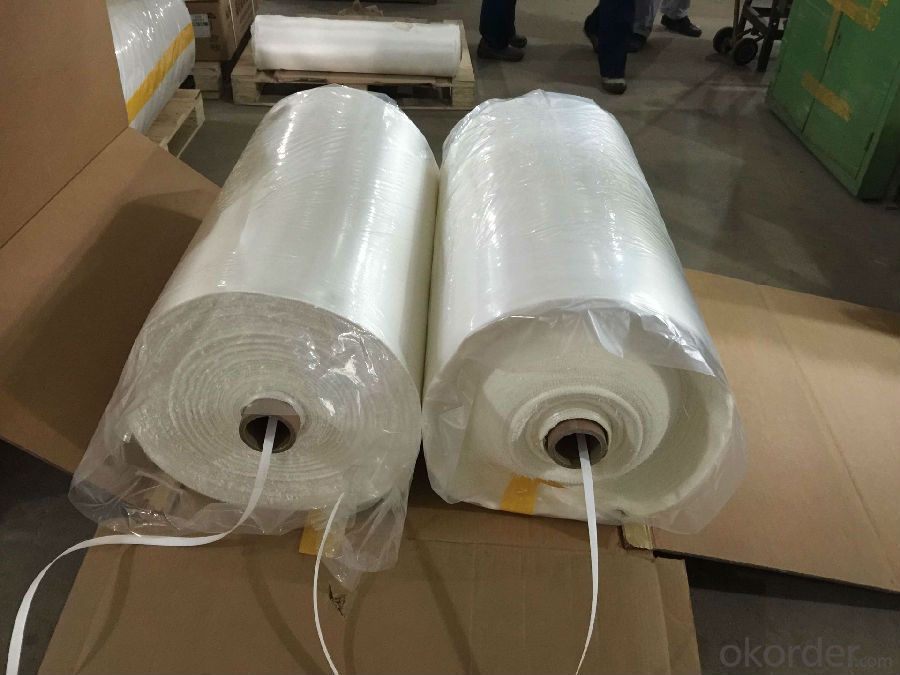
- Q:What are the different types of glass fibers used in textiles?
- There are several different types of glass fibers that are commonly used in textiles. These include E-glass, S-glass, C-glass, and A-glass. E-glass, or electrical glass, is the most commonly used type of glass fiber in textiles. It has a high strength-to-weight ratio and is known for its excellent electrical and chemical resistance properties. E-glass fibers are used in a wide range of applications, including reinforcement in composites, insulation in electrical cables, and as a reinforcement in textiles for various purposes. S-glass, or structural glass, is a type of glass fiber that has a higher tensile strength and stiffness compared to E-glass. It is commonly used in applications that require higher mechanical strength, such as in aerospace and military applications. S-glass fibers are often used in the production of high-performance textiles, including bulletproof vests, helmets, and other protective gear. C-glass, or chemical glass, is a type of glass fiber that has a higher chemical resistance compared to E-glass. It is often used in applications that involve exposure to harsh chemicals, such as in the manufacturing of chemical-resistant gloves and aprons. A-glass, or alkali glass, is a type of glass fiber that has a higher alkali resistance compared to E-glass. It is commonly used in applications that involve exposure to alkaline materials, such as in the production of textiles for the construction industry. Overall, the choice of glass fiber type depends on the specific requirements of the application. Each type of glass fiber offers different properties and characteristics that make them suitable for various textile applications.
- Q:Can glass fiber textile be used in radiation shielding?
- Yes, glass fiber textile can be used in radiation shielding. It has excellent radiation attenuation properties and is commonly used in various applications where protection from radiation is essential, such as nuclear power plants, medical facilities, and research laboratories.
- Q:How do glass fiber textiles affect breathability?
- Breathability can be significantly influenced by glass fiber textiles. Unlike natural fibers like cotton or linen, glass fiber textiles are not as breathable due to their inherent properties. This is because glass fibers have lower porosity, making it more difficult for air to pass through. The use of glass fiber textiles in clothing or other products can restrict the movement of air through the fabric, resulting in reduced breathability. This can cause discomfort for the wearer, especially in warm or humid conditions where proper ventilation is essential for maintaining a comfortable body temperature. However, it is worth noting that advancements in textile technology have led to the development of glass fiber textiles that offer improved breathability. Manufacturers have implemented various techniques to enhance the porosity of glass fiber fabrics, such as incorporating micro-perforations or combining them with more breathable materials. These innovations have helped alleviate the breathability concerns associated with glass fiber textiles to some extent. In conclusion, while glass fiber textiles may not match the breathability of certain natural fibers, continuous research and development efforts are continuously enhancing their breathability. This makes them increasingly suitable for applications where comfort and ventilation are crucial factors.
- Q:Can glass fiber textiles be used for filtration purposes?
- Indeed, filtration purposes can be served by glass fiber textiles. The exceptional filtration properties of glass fiber textiles are attributed to their remarkable porosity and fine pore size. These textiles possess the capability to successfully trap and eliminate a wide range of impurities, including dust, particles, and even microorganisms, from fluids or gases. In numerous sectors, such as air filtration systems, water treatment plants, and laboratory applications, glass fiber filters are extensively employed. Their capacity to withstand high temperatures, their chemical stability, and their mechanical robustness render them a suitable preference for demanding filtration needs. In conclusion, glass fiber textiles are an assured and effective alternative when it comes to filtration purposes.
- Q:Can glass fiber textiles be used in electronic components?
- Yes, glass fiber textiles can be used in electronic components. Glass fiber textiles are known for their high strength, durability, and excellent thermal and electrical insulation properties. These characteristics make them suitable for various applications in the electronics industry. Glass fiber textiles can be used as reinforcement materials in printed circuit boards (PCBs), providing mechanical stability and enhancing the overall performance of the PCB. They can also be used as insulation materials for electrical wires and cables, protecting them from external influences and improving their safety and reliability. Additionally, glass fiber textiles can be used as substrates for flexible electronic devices, such as flexible displays or wearable sensors, due to their flexibility and lightweight nature. Overall, glass fiber textiles offer numerous advantages for electronic components and are widely used in the industry.
- Q:What's the custom code for fiberglass screen? Anybody know, it's urgent!
- Short cut glass fiber with a length of not more than 50 mm (Code: 70191100)Fiberglass roving (Code: 70191200)Other glass fibres (Code: 70191900)Glass mats (Code: 70193100)Glass fiber flakes (Bali yarn) (Code: 70193200)
- Q:How does glass fiber textile perform in terms of sound absorption?
- Glass fiber textile exhibits excellent performance in terms of sound absorption. Its unique structure and composition enable it to effectively trap and diminish sound waves, thus reducing echo and reverberation within a given area. The compactly arranged fibers of this textile possess a large surface area, which contributes to its ability to absorb a wide range of frequencies, including those in the low, mid, and high ranges. Consequently, it is an appropriate material for soundproofing purposes in diverse settings, ranging from recording studios and concert halls to theaters, residential areas, and commercial spaces. Furthermore, glass fiber textile is both fire-resistant and durable, rendering it a dependable option for long-term sound absorption requirements.
- Q:What are the properties of glass fiber textile?
- Glass fiber textiles are lightweight, durable, and have high tensile strength. They are also resistant to heat, moisture, chemicals, and UV radiation. Additionally, glass fiber textiles provide excellent insulation and are non-flammable, making them suitable for various applications such as reinforcement in composite materials, insulation in buildings, and as a protective layer in electronics.
- Q:Can glass fiber textiles be used in reinforcement of wood fibers?
- Yes, glass fiber textiles can be used in the reinforcement of wood fibers. Glass fiber textiles, also known as glass fiber fabrics or glass fiber mats, are commonly used as reinforcement in composite materials due to their high strength and stiffness. When applied to wood fibers, they can enhance the mechanical properties and performance of the wood material. The glass fibers help to increase the overall strength, durability, and dimensional stability of the wood fibers, making them more resistant to cracking, warping, and other forms of damage. This combination of wood and glass fibers creates a composite material that has improved strength-to-weight ratio and enhanced structural integrity. Additionally, the glass fibers can also provide thermal insulation properties to the wood fibers. Overall, the use of glass fiber textiles in the reinforcement of wood fibers is a viable option for enhancing the properties and performance of wood-based materials.
- Q:Are glass fiber textiles resistant to chemicals used in cleaning products?
- Yes, glass fiber textiles are generally resistant to chemicals used in cleaning products. Glass fibers are made from molten glass that is spun into fine threads, creating a strong and durable material. This inherent strength and durability allows glass fiber textiles to withstand exposure to a wide range of chemicals without experiencing significant deterioration or damage. Whether it is acid-based cleaners, alkaline solutions, or other cleaning agents, glass fiber textiles can typically resist the corrosive effects of these chemicals. This resistance makes them suitable for use in various cleaning applications, including industrial settings, where harsh chemicals are commonly used. However, it is important to note that the specific chemical resistance of glass fiber textiles may vary depending on the composition and coating of the fibers. Therefore, it is always advisable to consult the manufacturer's specifications or conduct a small-scale compatibility test before using cleaning products on glass fiber textiles.
1. Manufacturer Overview |
|
|---|---|
| Location | |
| Year Established | |
| Annual Output Value | |
| Main Markets | |
| Company Certifications | |
2. Manufacturer Certificates |
|
|---|---|
| a) Certification Name | |
| Range | |
| Reference | |
| Validity Period | |
3. Manufacturer Capability |
|
|---|---|
| a)Trade Capacity | |
| Nearest Port | |
| Export Percentage | |
| No.of Employees in Trade Department | |
| Language Spoken: | |
| b)Factory Information | |
| Factory Size: | |
| No. of Production Lines | |
| Contract Manufacturing | |
| Product Price Range | |
Send your message to us
High silica fiberglass cloth resisting 1000Centigrade
- Loading Port:
- China main port
- Payment Terms:
- TT OR LC
- Min Order Qty:
- 50 m
- Supply Capability:
- 10000 m/month
OKorder Service Pledge
OKorder Financial Service
Similar products
New products
Hot products
Hot Searches



